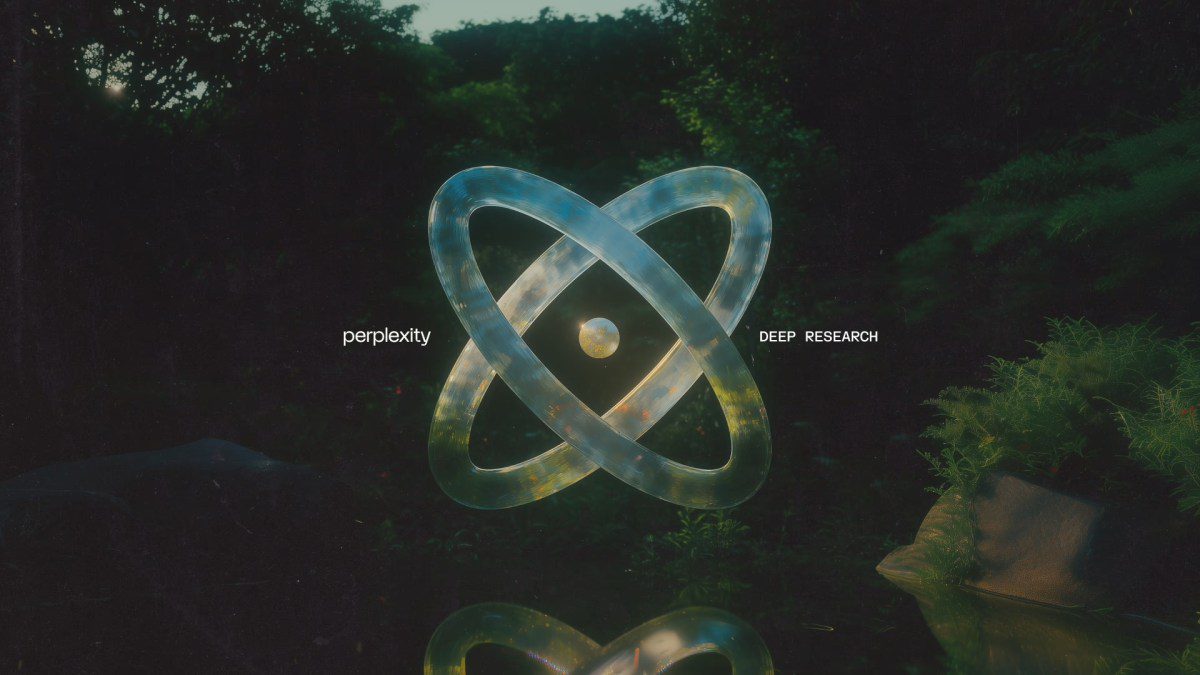

Perplexity has emerged as the newest AI firm to introduce a comprehensive research tool, with an announcement made on Friday regarding its latest feature.
In December, Google rolled out a similar capability for its Gemini AI platform, followed by OpenAI, which launched its own research agent earlier this month. Interestingly, all three companies have dubbed this feature “Deep Research.”
The primary aim of Deep Research is to deliver more detailed responses with authentic citations, specifically tailored for professional settings—not merely the standard interactions offered by consumer chatbots. In a recent blog post about Deep Research, Perplexity noted that the feature “excels at various expert-level tasks, spanning areas such as finance, marketing, and product research.”
Currently accessible via the web, Perplexity intends to integrate Deep Research into its Mac, iOS, and Android applications in the near future. Users can easily activate the feature by selecting “Deep Research” from a drop-down menu when submitting their inquiries in Perplexity. This action generates an extensive report that can be exported as a PDF or shared as a Perplexity Page.
To compile this report, Perplexity explained that Deep Research employs an iterative process: it searches, reads documents, and strategizes its next steps, honing its research approach as it gathers more information, mimicking the way a human might explore a new subject.
Perplexity also showcased its performance on Humanity’s Last Exam, a benchmark test for AI featuring expert-level questions across a range of academic fields. The Deep Research tool achieved a score of 21.1%, outperforming many models such as Gemini Thinking (6.2%), Grok-2 (3.8%), and OpenAI’s GPT-4o (3.3%), though it fell short of OpenAI’s Deep Research score of 26.6%.
While OpenAI requires a $200 monthly Pro subscription to access its Deep Research, Perplexity offers its version for free. Non-subscribers can perform a limited number of queries each day, while subscribers enjoy unlimited access.
Additionally, Perplexity’s Deep Research is noted for its speed, completing most tasks in under three minutes, compared to OpenAI Deep Research’s time frame of 5 to 30 minutes.
When asked to differentiate between various deep research offerings, Perplexity provided insights into the different technologies, pricing structures, and effectiveness across various use cases and subjects. Their summary highlighted key distinctions:
1. Perplexity AI stands out for its speed and ease of access for casual researchers.
2. OpenAI is recognized for its analytical depth tailored to enterprise needs.
3. Google offers seamless integration with existing productivity tools.
Although it’s still early days to assess the long-term impact of these tools on both personal and professional research, The Economist has pointed out certain limitations of OpenAI’s Deep Research that may also apply here. These include concerns about restricted “creativity” in data interpretation and an overreliance on readily available sources, as well as the risk of “outsourcing all your research to a supergenius assistant,” which could hinder opportunities for generating original ideas.








